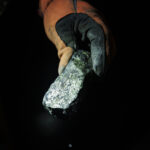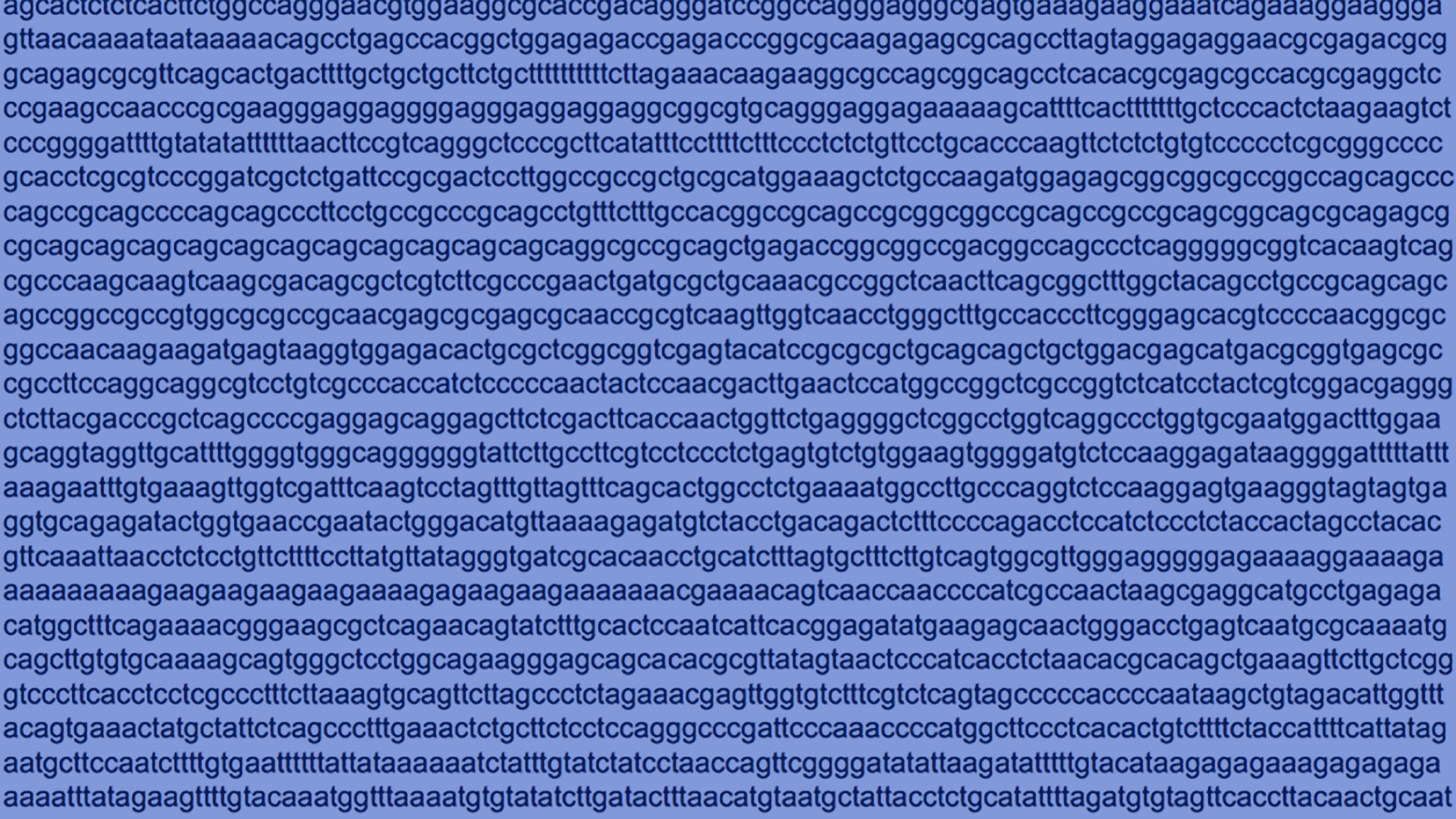In its May 2 issue, The New Yorker magazine published a report titled “Same But Different,” with the subhead: “How epigenetics can blur the line between nature and nurture.” The piece was written by Siddhartha Mukherjee, a physician and author of the Pulitzer prize-winning book “The Emperor of all Maladies: A Biography of Cancer.” In his New Yorker story, Mukherjee, with deft language and colorful anecdotes, examines a topic that is very much du jour in science writing: Epigenetics.
Google defines epigenetics as “the study of changes in organisms caused by modification of gene expression, rather than alteration of the genetic code itself.” Merriam Webster’s definition is similar — but not exactly the same: “The study of heritable changes in gene function that do not involve changes in DNA sequence.”
The slight variation in definition is telling in itself — and it’s really that “heritable” part that has sparked intense interest not just among scientists, but in the popular mind.
It’s the idea that external factors like diet, or stress or even lifestyle choices can impact not just your own genes, but the genetic information you pass down to all of your descendants. Spend your life smoking cigarettes and eating fatty foods, the thinking goes, and you’ll not just make yourself sick, you’ll predispose your offspring — and their offspring, and their offspring — to associated diseases as well.
It’s heady stuff, but much of it remains speculative and poorly supported, which is where Mukherjee may have run into trouble.
The publication of his story — an excerpt from his forthcoming book “The Gene: An Intimate History” — was met with swift criticism from biologists working in epigenetics and the broader field of gene regulation. They argue that Mukherjee played fast and loose with his description of epigenetic processes and misled readers by casting aside decades of research into how genes are regulated during development.
The journalistic article, they say, would not pass peer review at any scientific journal.
“It is unfortunate to inflict this article, without proper scientific review, on the audience of The New Yorker,” said Sidney Altman, a Nobel laureate and professor at Yale University, as quoted on the website of University of Chicago biology professor Jerry Coyne. Coyne has published a two-part critique detailing the reactions of several prominent biologists who study gene regulation, including Mark Ptashne at Memorial Sloan Kettering Cancer Center, Richard Mann at Columbia University, and Steven Henikoff, a molecular biologist at the Fred Hutchinson Cancer Research Center in Seattle.
“Contrary to my usual habit, I skipped over Talk of the Town to see what Mukherjee had to say, and was at first delighted that it was on my own specialty: epigenetics,” wrote Henikoff. “I became increasingly dismayed by the lack of scholarship and the misinformation about central concepts in the field, shrouded in soaring prose.”
Several critics suggested that Mukherjee’s use of metaphor and anecdote — common journalistic devices used to imbue a complex issue with something familiar and accessible to the reader — were scientifically inappropriate. “Chance events — injuries, infections, infatuations; the haunting trill of that particular nocturne — impinge on one twin and not on the other,” Mukherjee writes, echoing his opening anecdote about differences between his mother and her twin sister. “Genes are turned on and off in response to these events, as epigenetic marks are gradually layered above genes, etching the genome with its own scars, calluses, and freckles.”
Those genetic scars, calluses and freckles can then be passed on to future generations, Mukherjee suggests, in what amounts to a sort of “wormhole for evolution — a shortcut through the glum cycles of mutation and natural selection.”
In a phone call, Henikoff called Mukherjee’s take “baloney.”
“Where is the evidence for all of this that’s being said?” he asked. “It’s just bad science. We need to be more scholarly about it. That’s what I get annoyed by.”
In his article, Mukherjee focused specifically on histones, the proteins around which DNA coils, and a few studies in which scientists altered chemical signatures, generating changes in the behavior of animals: ants switching caste, for example, or mice resisting cocaine addiction. Epigenetic changes like these can have effects on which genes are turned “on” and “off,” but scientists already know how this works. It’s not a mystery. Decades of research, much of it Nobel-worthy, has been done on the processes that control gene regulation.
This is a crucial fact that his critics say Mukherjee left out.
“There are some histones that get through to the next generation, but it’s a long way to say that they’ve done anything,” said Henikoff. “The evidence is completely against what he’s saying.”
There are also myriad ways genes can be regulated and epigenetics is just one of them — albeit one that has captured popular attention of late. Likewise, histone modifications are important, but they’re by no means the full story. “Mukherjee seemed not to realize that transcription factors occupy the top of the hierarchy of epigenetic information,” wrote Henikoff, “that this has been widely accepted in the broader chromatin field, and that histone modifications at most act as cogs in the machinery that enforces the often complex programs specified by the binding of transcription factors.”
That might sound like a mouthful to many readers, but what this and other complaints about the New Yorker article amount to is this: Epigenetics is complex stuff, and Mukherjee simplified it to the point of error.
Of course, that’s a hazard for any science storyteller.
In an email message to Undark, Mukherjee said he had sent a “point-by-point response” both to Coyne and other critics who have contacted him directly. “It was impossible to cover the importance of transcription factors and gene regulation, which is covered extensively in my book (there are several chapters on this point),” he told me. “I tried to ensure that the wider context of gene regulation was explicitly mentioned at multiple junctures in the piece, and some respondents wanted us to stress this more deeply.”
He also argued that the term “epigenetics” itself is fluid and variously defined — a complication that he mentioned in his New Yorker article, and which was highlighted by at least one of his respondents. “[I]t was simply impossible to cover its multiple meanings in this excerpt,” Mukherjee said.
In a second, follow-up email to Undark, Mukherjee added the following point on his roughly 6,000-word article — a lament that will be familiar to many science journalists:
Another fact that you will appreciate is that the original piece was almost twice its current length, with a lengthy historical section mentioning gene regulation … that can be found and is extensively covered in my book. Indeed, up until the final edit, one transcription factor was used as an example of gene regulation to give due recognition to this arena.
However, during the editing and excerpting process, we were forced to minimize some of these historical sections — a decision that the editors and I considered very carefully.
Whether these and other explanations will satisfy his critics is an open question, but what’s clear is that science writing is particularly prone to oversimplification. Science writers routinely rely on metaphor, colloquialisms, keen turns of phrase, and even the occasional cliché, if it slips past our editors, in order to draw readers into complex and often dense topics that they nonetheless need to understand.
Epigenetics has captured the popular mind in part because it hearkens back to early and exciting and ultimately disproven notions of evolution. These suggested, most famously, that a giraffe might elongate its own neck by sheer will — and that this long-neckedness might then be passed to the giraffe’s offspring. That’s an enticing notion — and one that suggested to early researchers that we might be able to alter, or even reverse, our own biology by forcing epigenetic changes, and then shipping them off to future generations.
It’s not really that simple, of course. Not even close. And this is the chief complaint against Mukherjee’s recent foray into an exceedingly complex topic: He chose to tell a tantalizing story, rather than provide an honest explanation of the nuances of gene regulation.
At the same time, it’s worth asking if such a thing can be done at all, by anyone, in a popular magazine — the goal of which, in any case, is not to mimic a scientific journal, but to communicate to the general public the alluring frontiers of science — in this case, epigenetics (however that might be defined). It’s possible that Mukherjee fell short, but his critics would do well to consider the exceedingly difficult challenge he and his editors sought to undertake.










